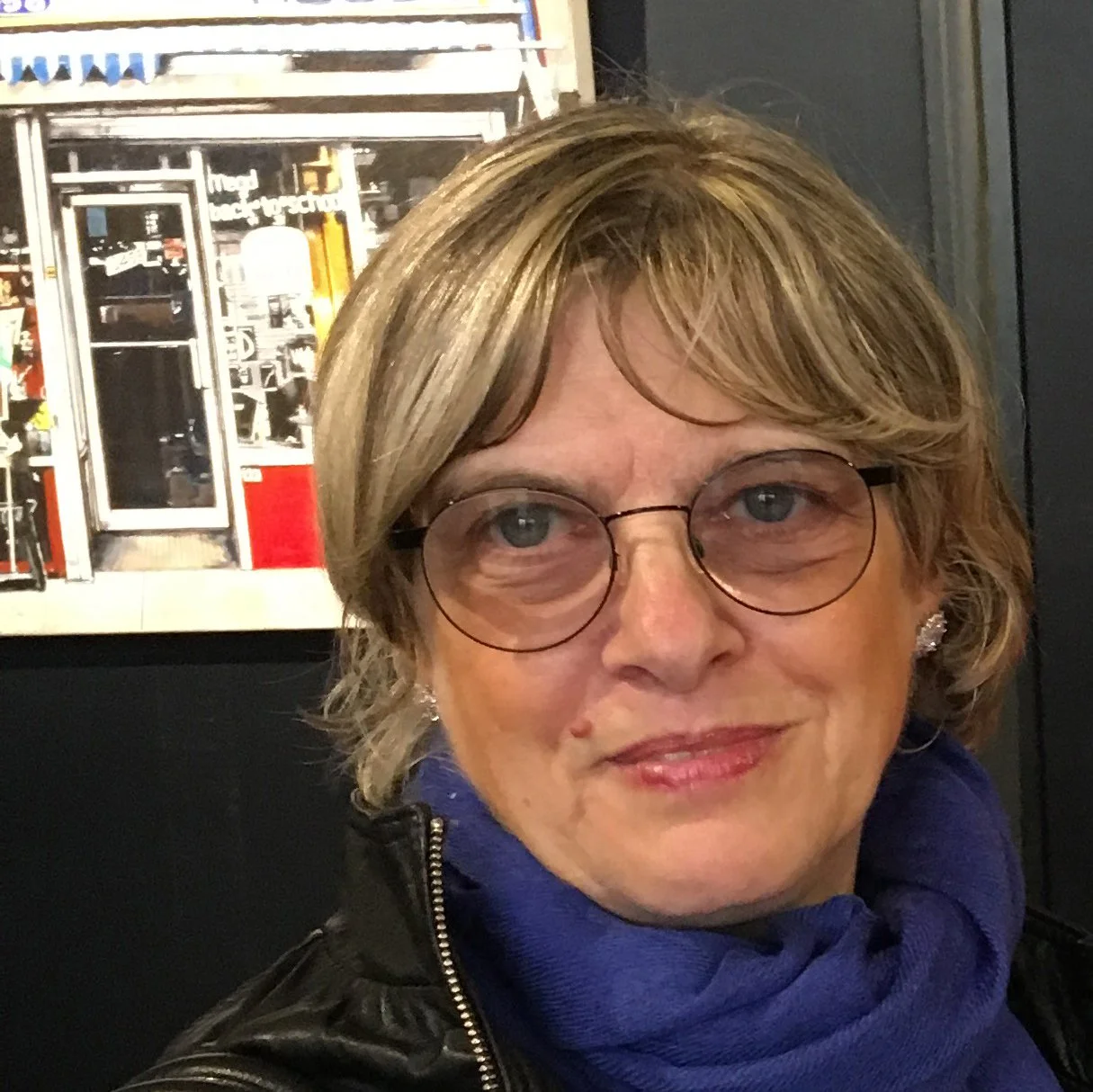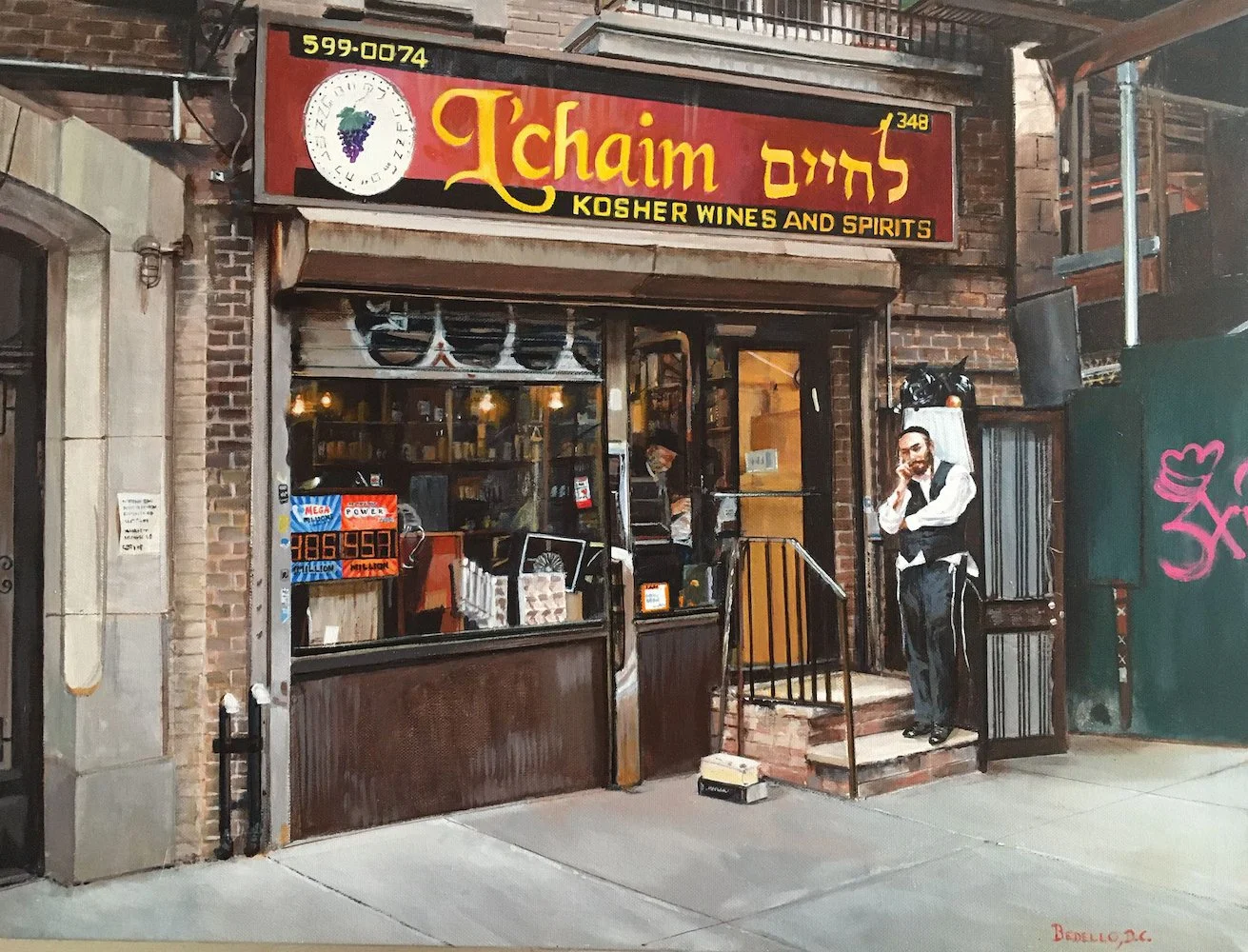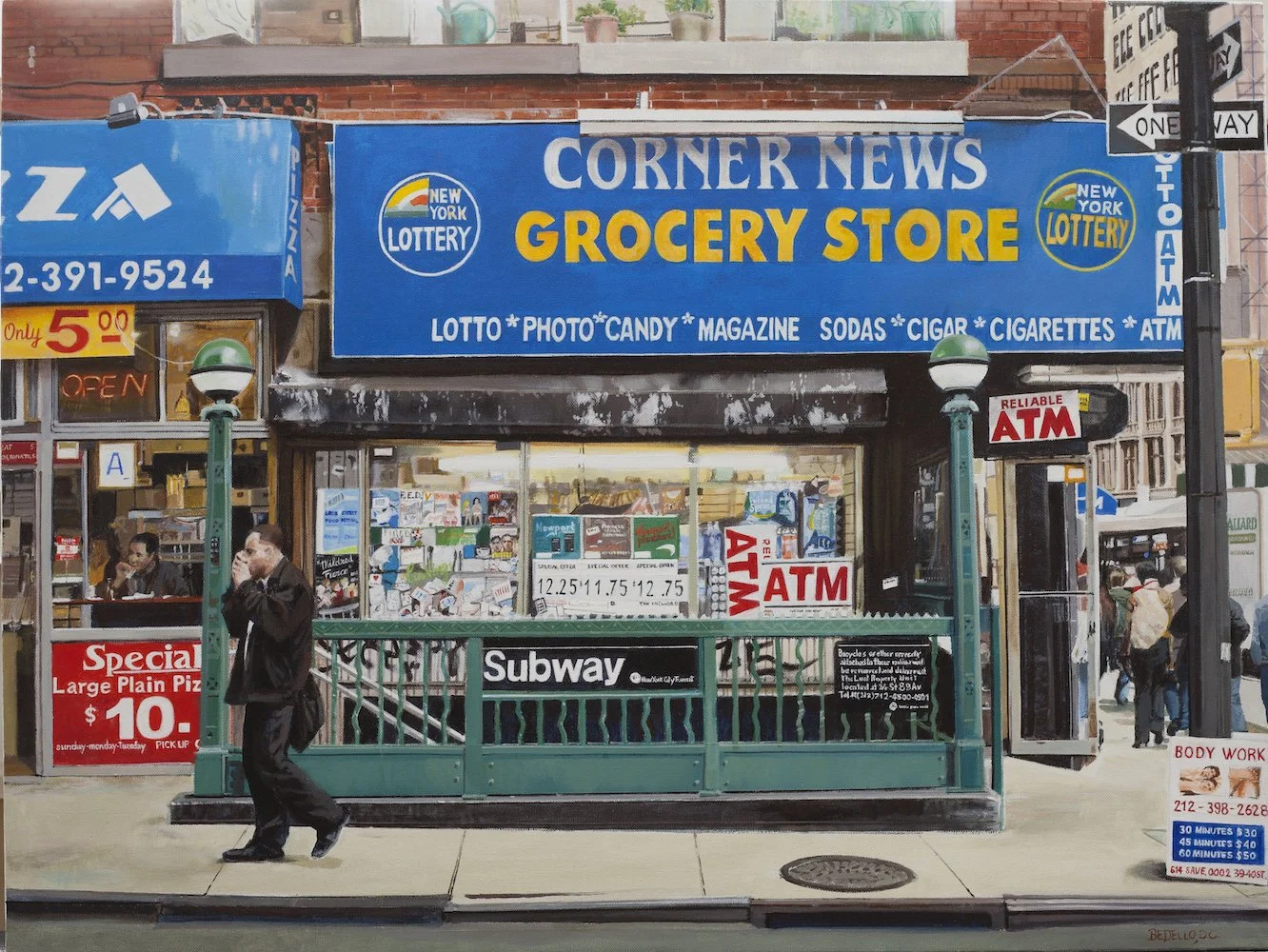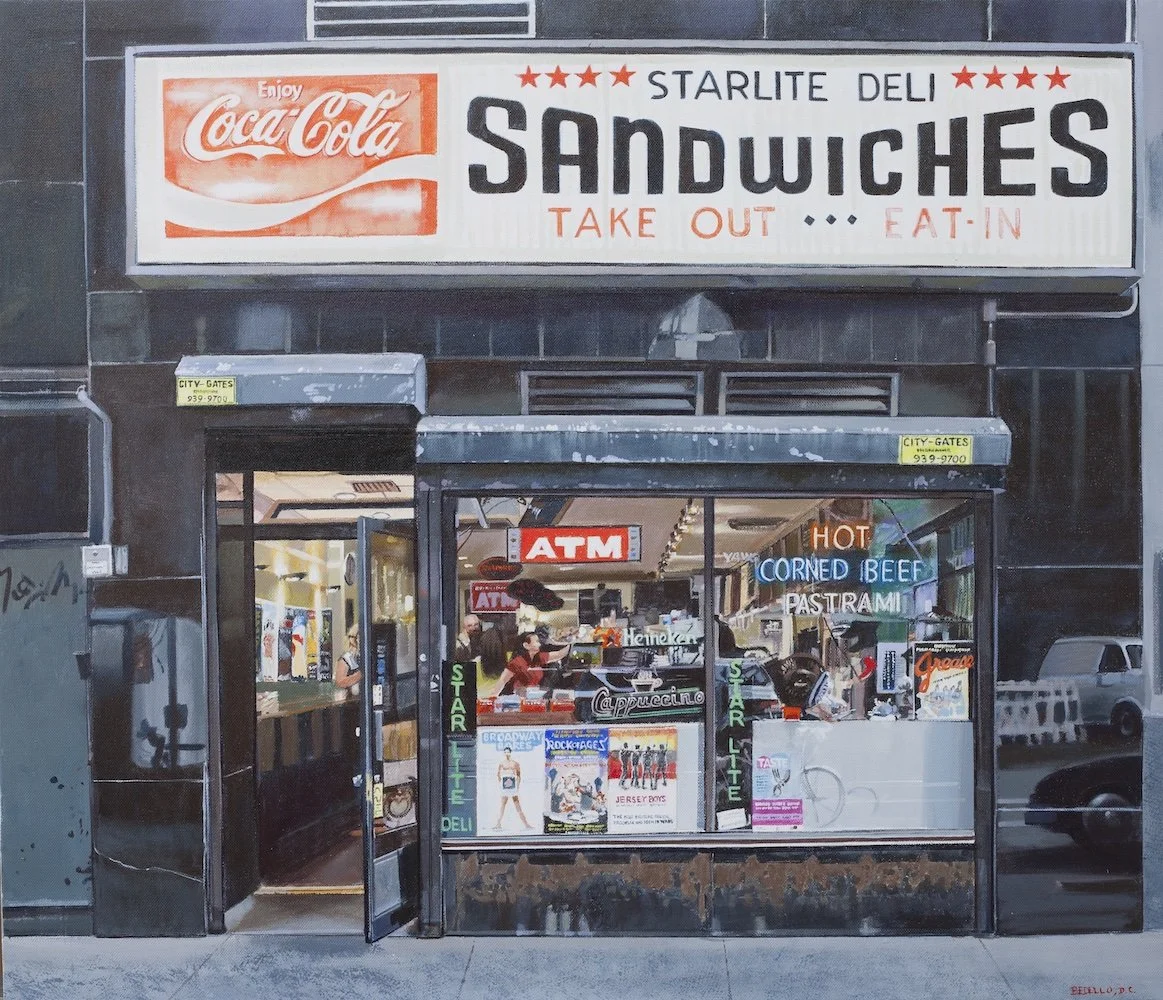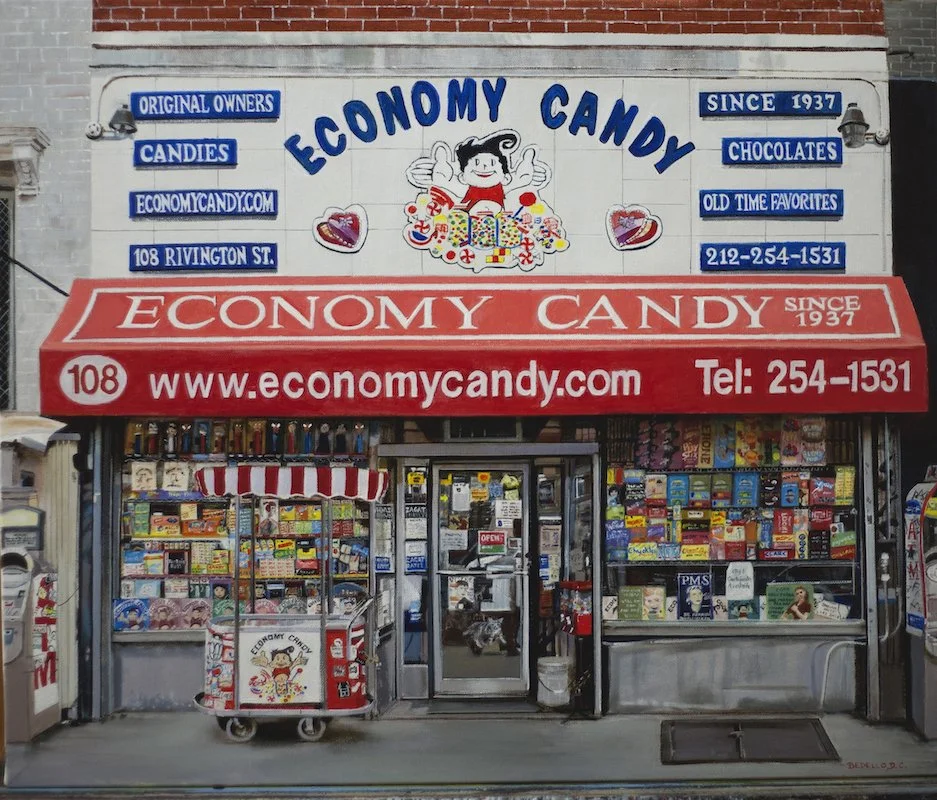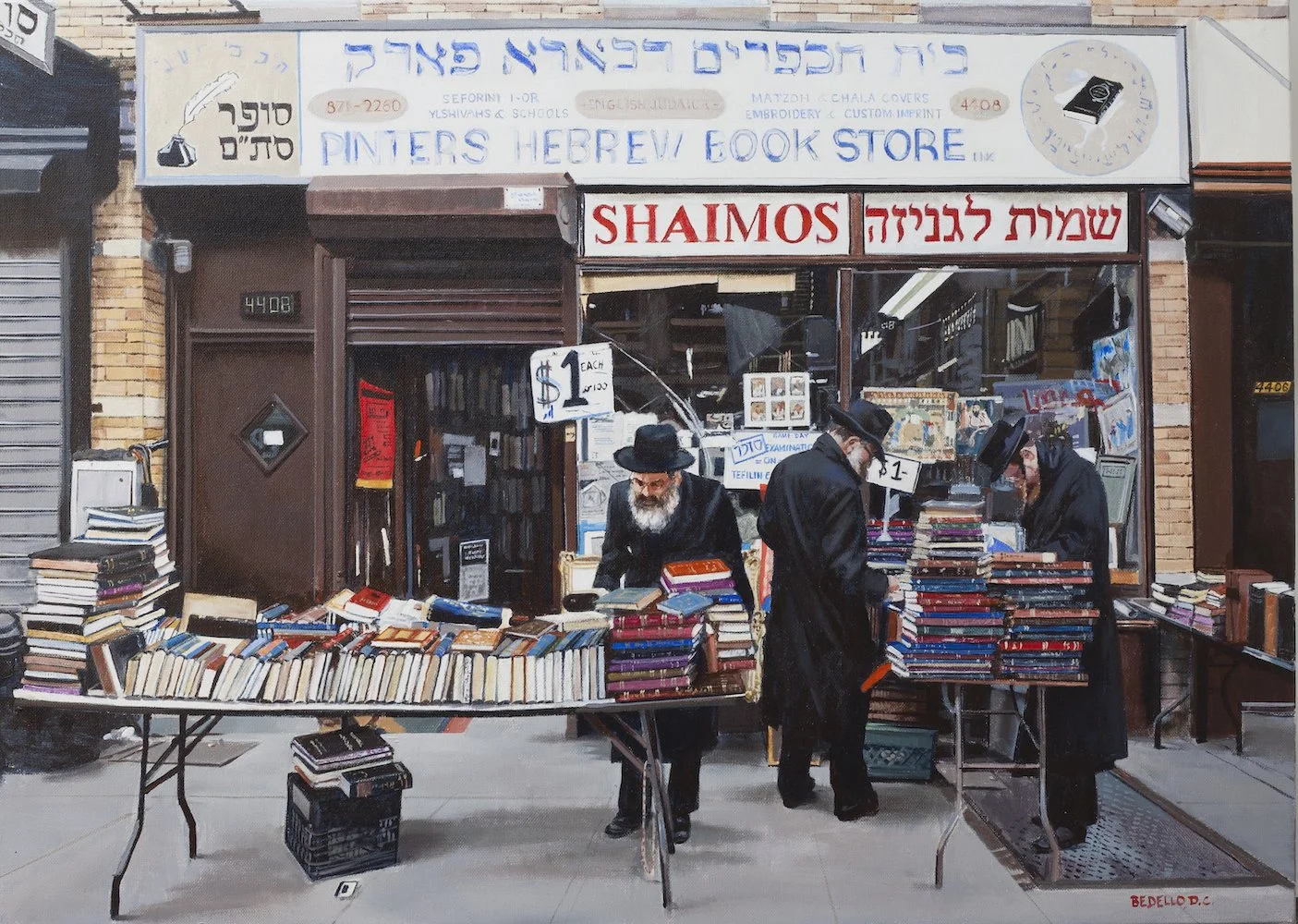A Resplendent Conversation with Donatella Chiara Bedello
Photo Credit: ©Alice Faga
Donatella Chiara Bedello is an Italian Hyperrealist painter who loves to paint shop windows of shops that opened in 1970’s in New York City. Born in Turin on March, 2nd, 1950, she showed remarkable artistic skills since she was a child, and over the years she attended numerous painting courses, specializing in painting on ceramics and on cloth. In the 90s she moved to Venice, where she decided to establish an art gallery, the first contemporary art gallery in one of the most characteristic districts of the lagoon city, the Jewish Ghetto, among antique shops.
In her twenty-three years at the head of the Gallery she has dedicated herself to the promotion of Italian and foreign artists, both established and emerging, and to the organization of personal and group exhibitions in the Gallery and in very prestigious venues such as the Jewish Museum of Venice, the U. Nahon Museum of Jerusalem, The Church of Sant’Antonio Abate of Udin, the Church of San Salvador and the Scuola Grande di San Rocco in Venice, the Residence of the Italian Consul in Tel Aviv, just to name a few. Tirelessly dedicated to the growth of her activity and her artists, she came into contact with other private galleries, foundations, cultural associations and institutions. She has developed an aesthetic sense that is sophisticated and far-sighted giving confidence to young artists who have always been warmly welcomed by the public and critics. After this long experience, she decided to return to painting: America, the "shop" and the puzzle game have always fascinated her since she was a child and so she chose as the subject of her paintings the colorful and very busy windows of New York shops. She paints in acrylic, spread with accurate brushstrokes capable of giving a hyperrealistic rendering to the canvas, a technique she learned directly from Master Luigi Rocca.
The windows of American shops opened in the 70s, most of which to date no longer exist, tell stories of people who seem to have come out of an American novel and places that come to mind like postcards of a world now outclassed by the mania of capitalist society. Her paintings are open doors on historical activities of which the artist has decided to preserve meticulously the memory, one stroke and one detail at a time.
In October 2017 she exhibited in Trieste at the Salone d'Arte Contemporanea in her first solo show, which found great appreciation from the public and critics, marking the beginning of her artistic career. She participated in some local prizes, continuing to exhibit in Trieste, Turin and at Ghetto Et Cetera Art Gallery, her reference gallery in Venice.
I had the pleasure of asking Donatella about what art is healing for her and so much more.
UZOMAH: How do you develop your art skills?
DONATELLA: My artistic skills have been finding an expression in all areas of my life since I was a child: in the kitchen, for example. I love experimenting with new combinations and new recipes; over the years I have dabbled in the creation and decoration of clothes and decorative elements in ceramics and other materials; I play the guitar, and also take photographs.
Kosher Wine and Spirits, 60x45cm, acrylic on canvas, 2022 Photo Credit: ©Alice Faga
U: What artist has been your most significant influence?
D: Definitely Edward Hopper and David Hockney. I particularly appreciate the first one for his ability to use each tool at its disposal - the stroke, the colors, the shadows - in such a harmonious and precise way as to perfectly recreate the American atmosphere, especially the interiors (diners, offices, homes). Every detail of his works contributes to involve and transport the viewer into the scenes and not like a mere spectator, but like a protagonist. Of David Hockney, however, I appreciate the brushstroke, fast but precise at the same time, which expresses an unparalleled talent and vision of the whole.
Corner News Grocery Store 80x60cm Acrylic on canvas 2021 Photo Credit: ©Alice Faga
U: Your most recent exhibit, “Open Doors,” explores the shop windows of New York in the 70s. What made you choose the location and time to reflect on?
D: I was born in the 50s and I grew up with the American Myth: a place and a period in which anyone could reach their aims with commitment and dedication (where there is a will there is a way!) and everything took me there, from music to fashion, to cinema to literature.
Sandwiches 70x60cm acrylic on canvas 2019. Photo Credit: ©Alice Faga
U: How do you come up with your color palette?
D: I work with acrylic paints, which give me a lot of satisfaction. They are very bright and give me the feeling that my paintings are almost "glossy", as printed in a magazine. I choose the shop windows that inspire me the most, that hit me for colors and fullness of details, so my palette varies depending on the work I choose from time to time.
U: What is the best thing about being an artist?
D: There are a lot of positive things about being an artist, but the first is getting some of my dream into other people’s lives. The emotion when they send me photos of my works in their homes is always great.
EconomyCandy acrylic on canvas 60x50cm 2019, Photo Credit: ©Alice Faga
U: What would you be if you could do anything besides art as a career?
D: I think I would be a cook. I like to interpret food and combine nourishment with pleasure in the dishes I create. I am very careful about the balance of the ingredients and I strongly believe that "we are what we eat", that’s why I love the genuine and unrefined food.
BoroughPark 70x50 Acrylic on canvas 2019, Photo Credit: ©Alice Faga
U: How is art a healing process?
D: When I paint a shop window I discover it slowly, I concentrate, I study every single shape, even the smallest. I study the colors, the gradations, the shadows, the reflections, and by constantly studying it, is as if I were carrying it inside, and I slowly forget my everyday life For me art is an escape from reality and moves to another place and another era. It’s like reading a novel and being able to give a voice inside me to places and characters.
For more information about Donatella’s artwork please visit the Ghetto Et Cetera’s gallery site here. and also follow her on Instagram.
